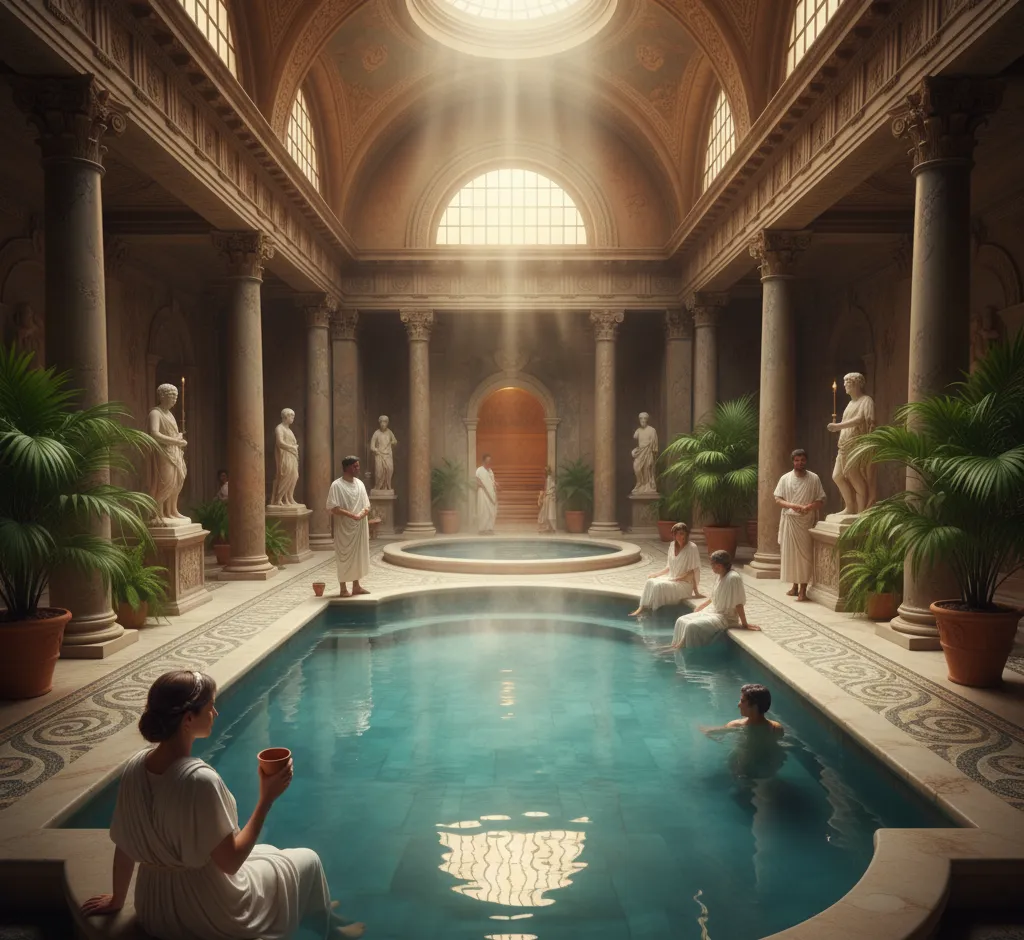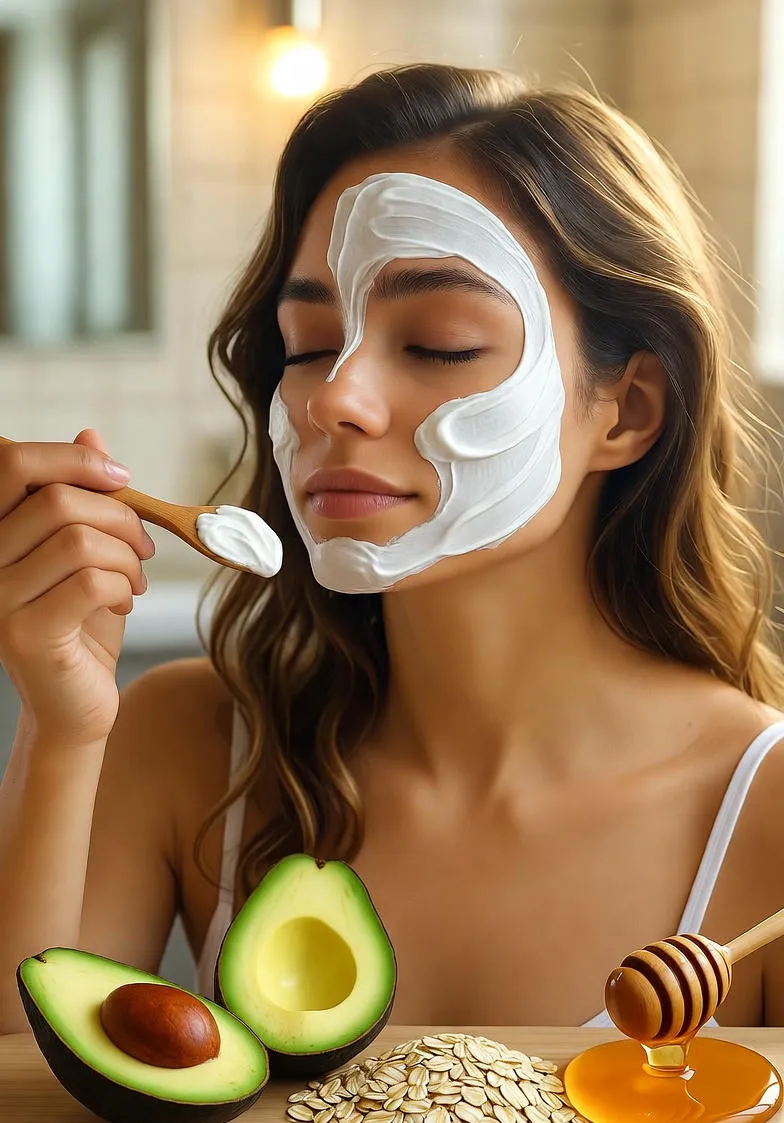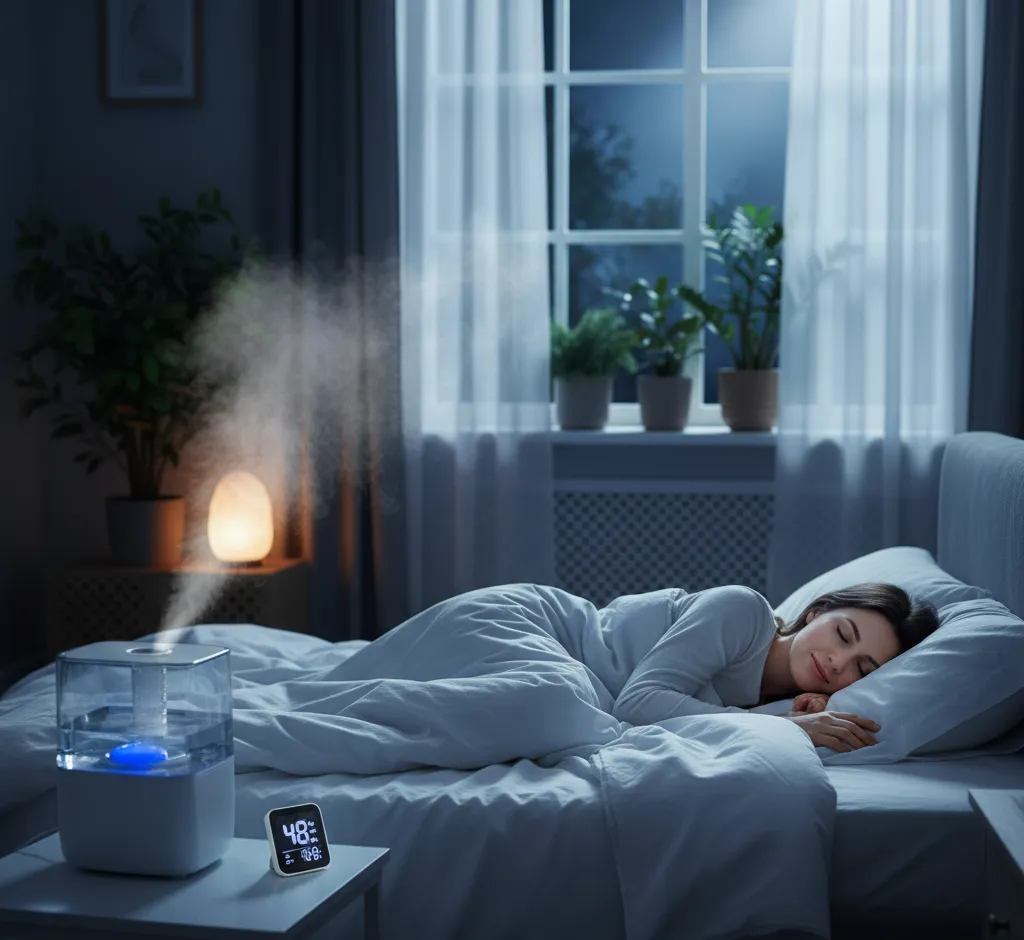From Sacred Springs to Victorian Cures: A Historical Look at Water as Medicine
Explore the fascinating history of water as medicine, from the divine bathing rituals of Ancient Greece and Roman thermae to the cold-water cure of Victorian Hydropathy (Priessnitz and Kneipp). Discover how hydrotherapy, balneology, and thalassotherapy have evolved into modern complementary therapies.

🌊 From Sacred Springs to Victorian Cures: A Historical Look at Water as Medicine
The human relationship with water transcends mere survival; throughout history, it has been revered as a powerful element of healing, purification, and medicine. Long before the advent of modern pharmaceuticals, societies worldwide looked to natural springs, thermal baths, and the vast ocean for therapeutic intervention. This enduring practice—encompassing **hydrotherapy**, **balneology** (the study of mineral waters), and **thalassotherapy** (sea bathing)—reflects a profound and consistent belief in water's medicinal properties.
I. The Mystical and Divine Waters of Antiquity
For the earliest civilizations, water sources were often considered sacred, their healing effects attributed to divine or spiritual powers. This conflation of the medical and the religious laid the foundation for future practices.
The Greek Legacy: Hippocrates and Asclepius
- The Cult of Asclepius: The Greeks built elaborate healing temples, known as Asclepieia, near natural springs. Patients seeking cures would undergo ritual purification, including bathing in or drinking the spring water, leaving offerings to the god of healing, Asclepius. These waters, often rich in minerals like sulfur and iron, provided tangible, though poorly understood, benefits.
- Hippocratic Medicine: The 'Father of Medicine,' Hippocrates (c. 460–370 BC), moved the practice from the purely religious to the observational. He was a great advocate of hydrotherapy, prescribing baths of different temperatures—hot, cold, and tepid—to treat various conditions, including fevers and inflammations, believing they helped restore the balance of the body's humors.
The Roman Empire and the Golden Age of Baths
The Romans adopted and grandly expanded the Greek practice, transforming bathing from a simple regimen into a central pillar of social and medical life.
Roman **thermae** (public baths) were engineering marvels and vital community hubs, incorporating a systematic circuit designed to promote health:
- Tepidarium: The warm room, used for gentle acclimatization.
- Caldarium: The hot room or steam room, inducing perspiration to cleanse pores and relax muscles.
- Frigidarium: The cold plunge bath, used at the end to close the pores and invigorate the body, protecting against chills.
They built these impressive structures throughout their empire, often at natural hot springs, such as the famous site in Bath, England (Aquae Sulis), recognizing the mineral-rich waters as a powerful curative for joint pain and rheumatic diseases. Roman physicians like Asclepiades of Bithynia promoted hydrotherapy for both therapeutic and preventative purposes, advocating the drinking of specific mineral waters (hydropinotherapy).
II. The Medieval Interregnum and the Renaissance Revival
With the fall of the Western Roman Empire and the rise of Christianity, the elaborate public bath culture declined, often being associated with licentiousness and the spread of disease. However, the tradition did not vanish entirely.
- Monastic Preservation: Monasteries often maintained and utilized the thermal springs, with monks preserving some of the classical knowledge and employing water for therapeutic purposes. The focus shifted to **balneology**—the clinical study of medicinal spring waters.
- The Age of Renewal: The Renaissance brought a renewed interest in classical texts. As a result, the popularity of spa towns—such as Bath, Baden-Baden, and Spa (from which the modern term is derived)—resurfaced among the aristocracy. The scientific investigation of mineral water composition began, leading to a more systematic understanding of why certain springs were effective for specific ailments.
III. The 19th Century and the 'Water Cure' Phenomenon
The 19th century witnessed the most significant popularization and formalization of water as a systematic medical treatment, known broadly as **Hydropathy**.
Vincenz Priessnitz and the Cold-Water Cure
A pivotal figure was Vincenz Priessnitz (1799–1851), an uneducated Silesian farmer who is often credited as the founder of modern hydrotherapy. After treating his own injuries with cold compresses and copious cold water drinking, he opened a sanatorium in Gräfenberg. His method, based on the application of cold water (baths, showers, wet-sheet wraps, and drinking large amounts) was a stark and demanding regimen.
Priessnitz's core tenets focused on:
- Stimulating the body’s natural healing powers.
- Promoting perspiration and detoxification.
- Treating virtually all maladies, from common colds to chronic illnesses, through the external and internal use of cold water.
The 'Water Cure' became an international phenomenon, inspiring countless imitators and water cure establishments in Europe and America. For many, it represented a gentler, more natural alternative to the often-harsh practices of conventional medicine at the time, such as bloodletting and purging.
Sebastian Kneipp: The Fusion of Elements
Following Priessnitz, the German priest Sebastian Kneipp (1821–1897) further refined hydrotherapy, adding a holistic, five-pillar approach that remains influential in natural health today:
- Water (Hydrotherapy): Systematic application of hot and cold water.
- Plants (Phytotherapy): Use of medicinal herbs.
- Exercise (Kinesiology): Movement and activity.
- Diet (Nutrition): Balanced, whole-food nutrition.
- Balance (Regulation): Seeking inner and outer harmony.
Kneipp’s system was considered less extreme than Priessnitz’s and gained widespread acceptance, emphasizing the strengthening of the constitution and the removal of toxins.
IV. The Modern Context: From Cure-All to Complementary Therapy
The early 20th century saw the eventual decline of the 'Water Cure' as a panacea, largely due to the rise of germ theory, the development of modern bacteriology, and the advent of effective allopathic medicine. Public health improvements, such as municipal water filtration and chlorination, proved far more effective in preventing widespread diseases like cholera and typhoid than individual hydrotherapy regimens.
However, the principles of historical hydrotherapy have been refined and integrated into modern practice:
- Rehabilitation and Sports Medicine: Warm water immersion is now a standard, scientifically-backed practice for physical rehabilitation. Water’s buoyancy reduces weight-bearing stress on joints, allowing for earlier and safer exercise (aquatic therapy or hydro-rehabilitation).
- Pain Management: The use of hot and cold compresses, saunas, and steam rooms for pain relief and improved circulation remains a global standard, supported by modern physiological understanding.
- Wellness and Stress Reduction: The spa experience, with its focus on mineral baths, therapeutic jets, and relaxation, has evolved into a key component of the global wellness industry, recognized for its positive impact on mental health and stress reduction.
The journey of water as medicine, from the sacred pools of antiquity to the high-tech hydrotherapy pools of modern hospitals, is a testament to humanity's ancient, intuitive understanding of this essential element. While no longer seen as a universal cure-all, its historical role as a potent therapeutic agent is undeniable, cementing its place in the rich and complex history of health and wellness.


